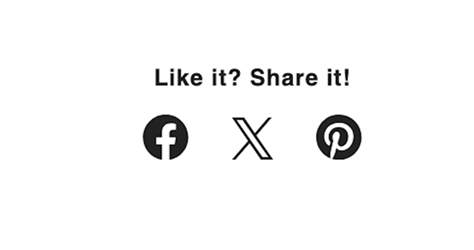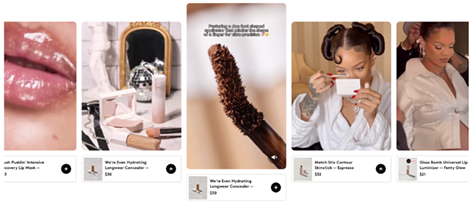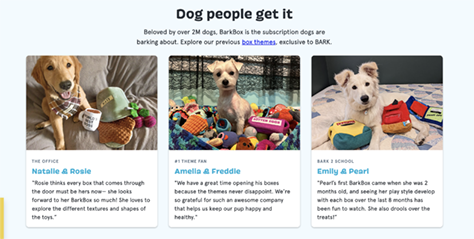
Image source: habbot
Advantages of Integrating Social Media and Web Design
There are numerous advantages of integrating social media with Web design. Let’s consider some key advantages.
Creates a Stronger Brand Identity
Having a consistent visual identity across all of a business’s owned channels translates to a strong brand identity. This increases brand recognition, and the business has a higher chance of convincing its audience to convert. A strong brand identity means your audience can easily identify your brand just by seeing your colors, logo, and visuals, which is extremely important in today’s very crowded marketplace.
Reaches a Wider Audience of Potential Customers
Today’s customers use social media as a platform for discovering new brands, but the shopping experience still happens on Web sites. Utilizing social media to expand a business’s reach and Web-site design to drive conversions ties the entire customer experience together.
Provides Social Proofs
Social proof is an essential marketing tool to help businesses earn the trust of their audience and takes many forms, including testimonials from customers and industry experts, user-generated content (UGC), and product reviews. You can create a well-designed section on a Web site that incorporates UGC from the audiences on social media and supports it with testimonials. Leveraging social proofs across all channels strengthens the legitimacy of a business and builds trust with its audience.
Another way to provide social proof is to create a well-defined content-creation workflow to ensure that a business posts only high-quality content on its social pages, highlighting the business’s brand identity, values, and goals. The quality of a business Web site’s design and overall user experience demonstrates its value proposition. In other words, a business’s owned channels are a direct reflection of the business, and design can make or break how its audience views the business.
Helps Scale Content Production
Managing multiple channels can be overwhelming. While it is important to create some custom content for each channel, that doesn’t mean you can’t repurpose content. For example, you could embed a company’s Instagram feed on its Web site to ensure that there is fresh content daily. You could also create bite-sized versions of a Web site’s key content and post the content on the business’s social-media feeds, including a link to the Web site to increase conversions.
Attracts More Web-Site Visitors and Followers
To attract more visitors and followers, a business’s social-media pages need its Web site, and its Web site needs its social-media pages. A business’s brand channels should work in concert to enhance and enrich the audience’s customer experience.
For instance, a potential customer might have discovered a product through a business’s Instagram page, but needs to visit its Web site to learn more about the brand. Alternatively, someone may have landed on a Web page through a search engine, but might want to check out the business’s social pages to view more content.
It’s important to note that a huge portion of today’s consumers use platforms such as Instagram for brand discovery. Most new customers might have come from a business’s social-media pages before landing on its Web site, so you must align these channels.
Pro tip: As of 2024, nearly 60% of Internet traffic comes from mobile devices, so having a mobile-friendly Web site is crucial to a business’s success.





